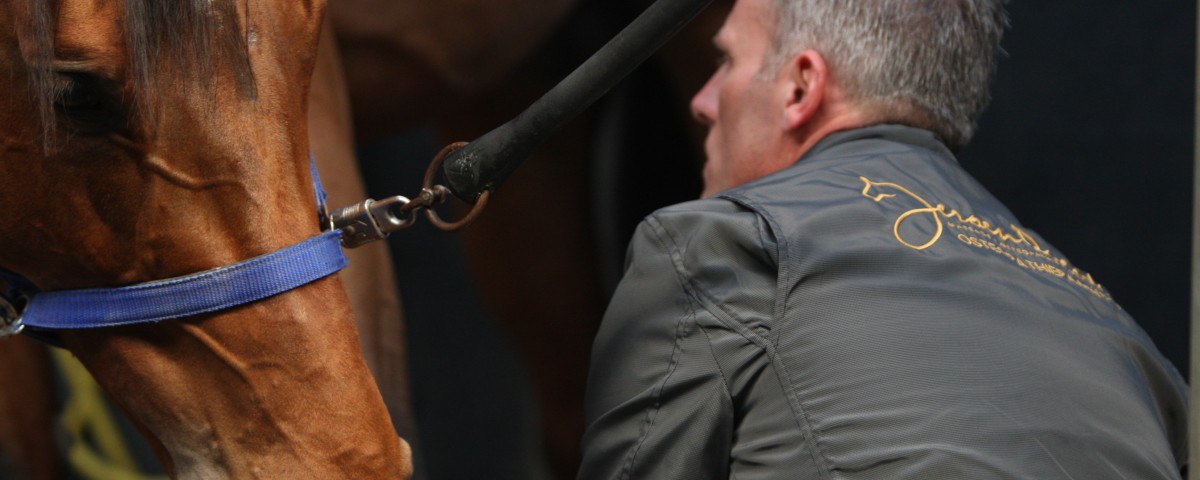Does your horse suffer from the C7-T1 spinal segment?

A woman’s hand and a horse’s tooth should never stand still
May 30, 2018
Does your horse have neck-problems?
May 30, 2018Does your horse suffer from the C7-T1 spinal segment?
Is your horse stiff and does he not move properly from the shoulder? Does he trip a lot? Does he hop into trot. Are the chest muscles sensitive to touch? It’s than possible he has a problem in the in the C7-T1 spinal segment. You often see a dip in front of the withers and a bulging in the lumbar area.
More about the C7-T1 spinal segment
The C7-T1 spinal segment is where the neck (cervical spine) connects with the upper back (thoracic spine). This area is difficult to treat as it’s behind the shoulder blade and therefore requires special treatment techniques.
Why is this such an important area?
• Because in this region the complete nerve provision of the foreleg and shoulder muscles occurs. This affects the entire blood supply to the muscles. A blockage in the C7-T1 can lead to an excessive muscle tension, in which the associated tendons can get overloaded. This to the flexor muscles / tendons of the lower foot.
• For the spinal cord, this is an important source of nerves of the nervous system for the head and many organs.
What happens in case of a blockage?
It appears that many horses have a problem with a blockage of the first rib in the C7-T1 spinal segment. As a result, the shoulder and the horse can’t take its foreleg forward properly which makes the horse compensate in the rest of his body. This can cause leg conformation deviations like toes out or pigeon toed.
Problems occur in the lumbar region and the pelvis and due to the compensations, problems can arise in the SI joint (the connection between the sacrum and the pelvis and thus between the back and hind legs). These problems can be treated, but the most important thing is to find the cause!
The treatment
As I treat the entire horse and search for the cause of problems, I many cases I first have to solve multiple tension fields. As body and mind can’t be separated from each other, I first try to create inner peace or create a bond of trust between the animal and myself.
Sometimes it’s not possible to immediately tackle the cause as it can be too intense for the body. Therefore, multiple therapy sessions are often required. Because of my extensive knowledge and experience in biomechanics, anatomy, muscle and nervous system, but also in mental condition, I can help with the physical and mental condition of your horse.


2 Comments
My 10yo WB, Jumper has this dx, via a very competent DVM. I’m terrified of what this means long term. The SI has also already been treated. What can you do to help me ? Or any experience you have ?
Just treath the C7 T1 junction en of course treath the SI joint